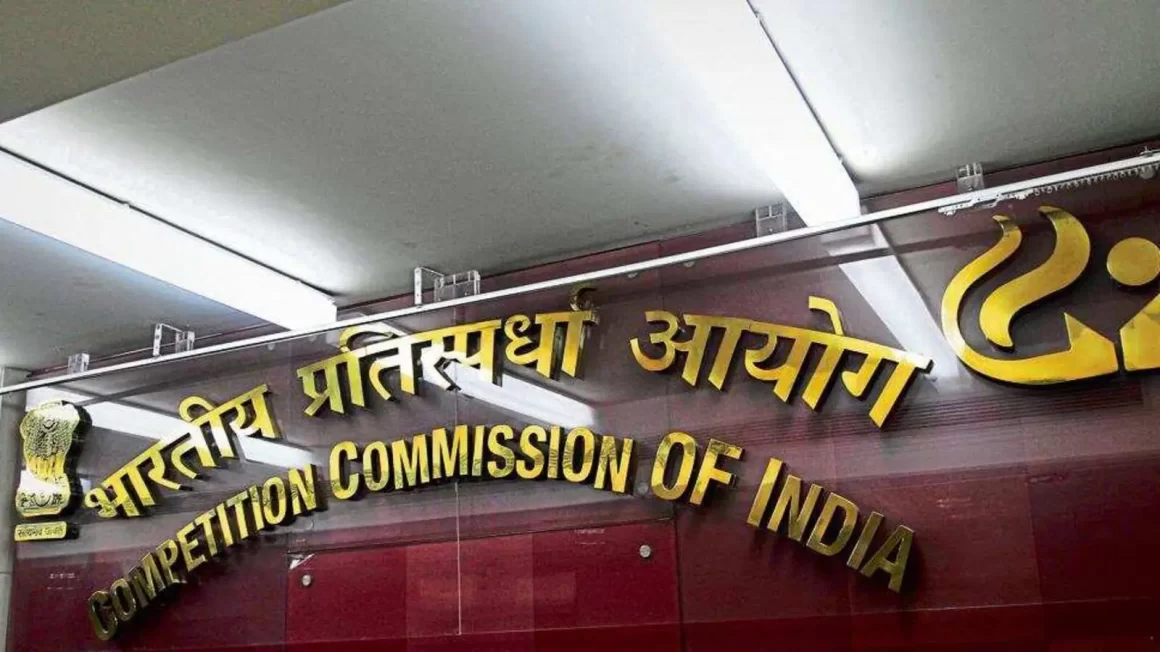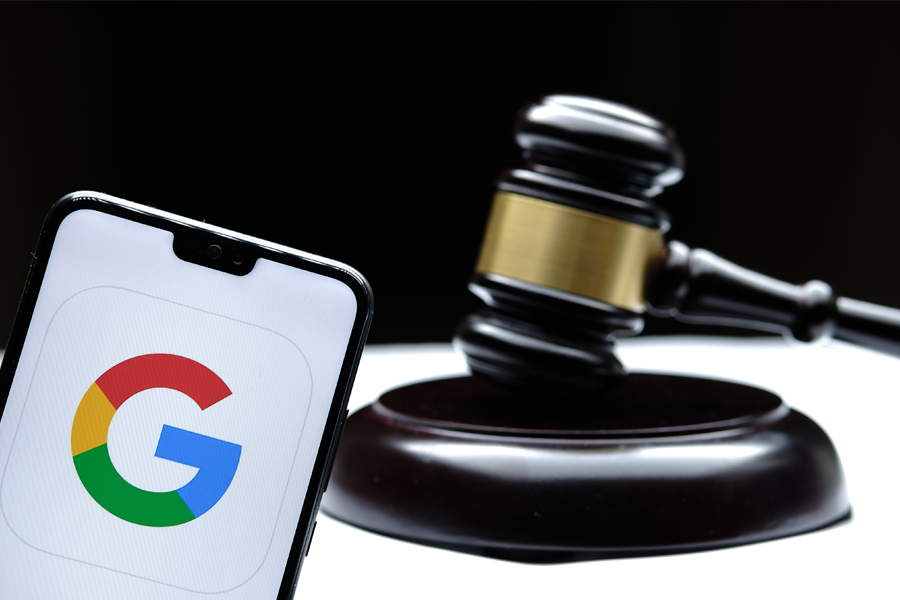Standalone Ex-ante Approach: A Mirage?
[By Tejaswini Sahoo] The author is a student of the West Bengal National University of Juridical Sciences (NUJS). Introduction The rapid growth of digital conglomerates in the dynamic competitive market has prompted stakeholders from various sectors to mull over a comparative analysis of leading approaches. The regulatory frenzy race is multi-surfaced because of intricate business models, content moderation issues, and burgeoning sociocultural power. Further, because of the endowment of entrenched positions, they build conglomerate ecosystems around their core platform services, strengthening entry barriers and possibly leading to unfair actions. There is a global consensus that conventional competition law is inadequate to accommodate the panoply of the conundrum arising in digital platform markets. Therefore, regulating or not is no more a Shakespearean issue. As a result, the paradigm shift of a deliberative evidence-based approach Ex-post to a form of speculative approach Ex-ante is witnessed in other jurisdictions, including the West. The present article aims to be provocative in nature. It poses questions on three prominent emerging approaches; firstly, which approach will cure market failure, structural competition problem, and monopoly problems? Secondly, can tailored objective standards be implemented in a subjective, fluid digital market? Thirdly, would the Ex-ante approach involving specific market issues be proportionate towards large digital platforms? Moreover, whether or not these tailored remedies will stifle innovation in an emerging market like India. In the Indian context, regulations should be implemented after properly reframing them against the socioeconomic backdrop. Paradigm Shift Across Jurisdictions The perfect storm is brewing for digital platforms on all fronts. For instance, the Digital Markets Act by the EU imposes a series of negative and positive obligations on the enterprises designated “Gatekeepers” based on internal market power, strong intermediation position, large user base, or durable position as determined by the DMA. In the US, the Federal Trade Commission is prioritising Ex-ante measures by reintroducing a rule that restricts acquisitions for organisations and enterprises that pursue “anti-competitive mergers.” The 10th Amendment has already been incorporated into the German competition Act to bring pre-emptive measures thanks to swift action. Likewise, the UK created the “Digital Markets Unit” as a continuous agency oversight, whereas Japan and Australia are all actively working to implement an Ex-ante approach. In India, the Parliamentary Standing Committee tabled the 53rd report on “Anti-competitive Practices By Big Tech Companies.” The committee observed the distinction between the traditional physical market and Digital markets. It opined to form ‘Systemically Important Digital Intermediaries (SIDIS)’ by identifying leading players. Subsequently, India should create definitions for Ex-ante rules that govern the behaviour of systemically important digital intermediaries following the footsteps of other jurisdictions. Comparative Analysis of Three Emerging Approaches Over time, Policymakers have adopted several distinct approaches to regulating large digital platforms. Firstly, antitrust law: a set of flexible, judicially crafted behavioural standards. It does not forbid market power creation, maintenance, or enhancement by procompetitive means, such as innovation or gains in productive efficiency. It aims to treat the disease-causing harmful market impacts rather than just masking its symptoms (such as rising costs and declining quality) as a “palliative” treatment. However, the proponents of the Ex-ante approach will claim that it is too slow to control fast-pacing, multifaceted digital platforms. It does not provide prospective guidance and ends with monopolising the market or controlling unique traits of digital market needs. , Secondly, Ex-ante are positioned to handle the problems resulting from structural shortcomings in the framework of the digital marketplace. Additionally, to do so fast enough to avoid platforms securing and leveraging their places at the expense of users or by excluding possible competitors. It is determinative and can damage control in a fast- pacing market. However, the Hayekian knowledge issue regarding laws that apply uniformly to various digital platforms will likely worsen. A standard-based strategy customises instructions for a specific context, creating conflict with creative and constantly evolving digital marketplaces. The slightest deviation could result in legal action in the ever- changing digital marketplaces, discouraging innovation. When natural monopoly utilities are obliged to charge rates similar to those that would prevail under competitive conditions, the rules may be intended to force the outcome that would occur if the market were competitive. Such regulations are a palliative treatment for market power since they aim to reduce its symptoms, such as supra-competitive prices, without treating the underlying problem (the lack of competition). . Thirdly, an expert Oversight Agency is authorised to craft tailor-made codes of conduct for each platform with strategic market status. Further, it is supposed to ensure fair trading, freedom of choice, reliability and transparency. The UK recently adopted to launch “Digital Market Unit” within the nation’s antitrust agency, the Competition and Markets Authority (CMA). Compared to antitrust law, it might be quicker, more precise, and less prone to mistakes than Ex-ante regulation. However, the approach fosters broad discretion of interest group exploitation, susceptibility to political influences, and limited control over their subject matter, which poses serious issues concerning public choice and interest. Therefore, ensuring the fair constitution of the oversight agency plays a crucial part in this approach. Is a Speculative Blanket Restriction Necessary? An influential industry group representing Google, Meta, and Amazon, among other tech firms, hailed the Standing Committee Report of India as regressive, prescriptive, and absolutist. There are two types of regulation: Symmetric (applicable to all the firms) and Asymmetric (applicable to only a few enterprises compared to objective criteria). The question arises: Will shifting to speculative obligations cure market failure, structural competition, and monopoly conundrums? Further, whether the application of regulations asymmetrically will fix the inherent root issue? The answer depends on whether market failures are caused by monopoly issues or structural market failure. In case of a structural issue, symmetric regulation is necessary because it must handle the issues brought on by the market’s structure, regardless of the scale of the companies involved. On the contrary, if a monopoly issue is identified, Asymmetric regulation is necessary, and asymmetric regulation is required as the regulation has to address only the monopoly power of the
Standalone Ex-ante Approach: A Mirage? Read More »









